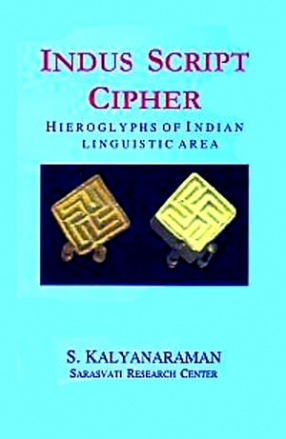The book brings out the outstanding features of the palaces, pavilions and residences of the ruling class in medieval India-from the 13th to the 18th century. The focus on structures that represent a group on religious and ethnic lines, i.e. Hindu/Islamic rulers, Indo-European Hindu or Dravidian Hindu or Afghani or Turk or Iranian rulers, and structures characteristic of particular periods and locales. Presenting some 31 famous buildings including the City Palace of Udaipur and Jaipur and the Lal Qila, Delhi and pleasures pavilions like the Hauz Khas, Delhi and Farah Bagh, Ahmadnagar, the work studies palaces and pavilions from the different regions of India. It illustrates the layout plan of each building in detail. Dr. Fredrick W. Bune discusses the size, elaborateness or luxury of the royal structures which underlined the kings’ right to rule. With elaborate notes, he rules. With elaborate notes, he showcases their characteristics such as their tendency towards axiality and their symmetrical aspect, the Hindu rulers’ choice of the immutable square for the plan and their reliance on the silpa-sastras, the east-west alignment of the structures, the labyrinthine character of residences/palaces, and their iconography that is unique to the Indian subcontinent. The volume has appendices that give the plans of other great structures of Indian and the world, list the major rulers of kingdoms in India’s different regions and provide a chronological list of major Indian monuments. The book will be extremely useful to students and scholars of Indian cultural history, particularly relating to architecture and iconography.
Royal Palaces, Residences and Pavilions of India
In stock
Free & Quick Delivery Worldwide
reviews
Bibliographic information
Title
Royal Palaces, Residences and Pavilions of India
Author
Edition
1st ed.
Publisher
ISBN
8124603561
Length
xviii+342p., Plates; Figures; Glossary; Appendices; Bibliography; 29cm.
Subjects








There are no reviews yet.